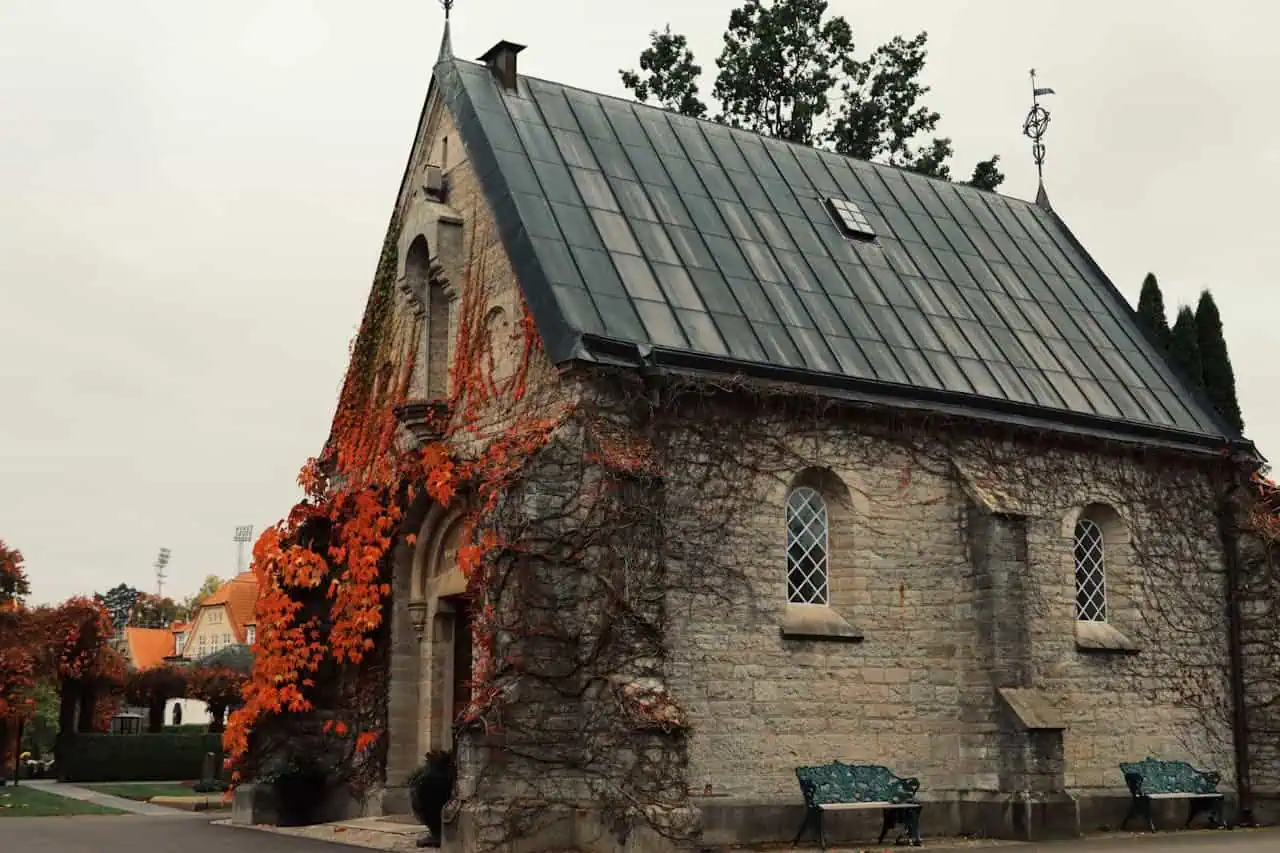Tijuana, the vibrant border city bridging Mexico and the United States, is renowned for its cultural dynamism, eclectic tourism, and a rapidly evolving urban landscape. But recently, a peculiar incident captured public attention: a heated argument over a poorly maintained elevator in one of the city’s buildings. While this may seem trivial, the event unveils deeper social, cultural, and infrastructural issues in Tijuana’s urban fabric.
In this article, we’ll delve into the details of this dispute, the broader implications it carries, and the lessons it teaches about urban living and shared spaces.
The Context of Tijuana’s Urban Landscape (tijuana y se pelean por un mugroso elevador)
Tijuana is a city in motion. Over the decades, its growth has been fueled by its status as a major border hub, attracting migrants, tourists, and investors alike. Yet, this rapid expansion has also brought challenges:
- Infrastructure Strain: Many buildings and public facilities in Tijuana, especially in densely populated areas, struggle to keep up with demand.
- Economic Disparities: Wealthy neighborhoods boast modern amenities, while lower-income areas face neglect in infrastructure maintenance.
- Shared Spaces in Urban Living: As Tijuana grows vertically, with more apartments and shared facilities, tensions over common resources like elevators, parking, and utilities are becoming increasingly common.
Against this backdrop, the incident over a “dingy elevator” isn’t just a one-off. It’s a symptom of the city’s broader struggles with urban management and community cohesion.
The Incident: What Happened?
The story unfolded in a mixed-use residential and commercial building in Tijuana. According to eyewitness accounts, two groups of residents began arguing over access to the building’s sole functional elevator. The root of the conflict stemmed from:
- Prolonged Neglect: The elevator was reportedly in poor condition, with erratic functionality and a dingy, unkempt interior.
- Overuse: Serving too many residents and visitors, the elevator became a bottleneck during peak hours.
- Escalating Frustrations: Tempers flared as individuals accused one another of misusing the elevator or monopolizing access, leading to a physical altercation that required intervention by building management and local authorities.
This incident quickly went viral, with videos circulating on social media. Memes and discussions erupted, turning a mundane argument into a cultural flashpoint.
The Symbolism of the Elevator (tijuana y se pelean por un mugroso elevador)
The elevator, though seemingly insignificant, became a potent symbol of deeper urban issues:
- Neglected Infrastructure: Many shared facilities in Tijuana suffer from poor maintenance, reflecting broader issues of governance and resource allocation.
- Social Tensions: The incident highlighted how small frustrations in urban living—like waiting too long for an elevator—can ignite larger disputes, often fueled by underlying societal inequalities.
- Urban Inequality: The disparity between well-maintained facilities in affluent areas and neglected ones in middle- or low-income buildings underscores the city’s economic divides.
Public Reaction and Media Coverage
Social media exploded with reactions to the incident. While many found humor in the absurdity of the fight, others pointed out the serious implications:
- Local Media: Highlighted the incident as an example of Tijuana’s broader infrastructure issues.
- Public Sentiment: Split between laughter and frustration, with some residents calling for better building management and municipal oversight.
- Global Interest: The story even reached international audiences, who viewed it as a quirky but telling anecdote of urban challenges.
Broader Implications of Shared Spaces
The fight over the elevator reveals the complexities of shared spaces in urban environments:
- Psychological Impact: Living in poorly maintained buildings can foster a sense of neglect and frustration, which can erupt in conflicts over shared resources.
- Urban Planning Gaps: Poorly designed or maintained infrastructure can strain relationships among residents, emphasizing the need for thoughtful urban development.
- Lessons from Other Cities: Cities worldwide face similar issues. In the U.S., disputes over shared amenities in condominiums and apartments are common, especially in densely populated areas like New York or Los Angeles.
Lessons from the Incident
What can Tijuana—and other cities—learn from this event?
- Better Maintenance Systems: Ensuring routine upkeep of shared facilities can prevent conflicts and improve residents’ quality of life.
- Community Engagement: Building a sense of collective responsibility among residents can foster cooperation rather than competition for shared resources.
- Infrastructure Investment: Addressing the root causes, such as inadequate infrastructure and overcrowding, is essential for sustainable urban growth.
How Tijuana Can Move Forward
To address these challenges, Tijuana must prioritize:
- Improved Urban Governance: Municipal authorities should invest in better infrastructure management systems, including maintenance schedules and accountability measures.
- Community Programs: Workshops or community meetings can help residents navigate shared living spaces more harmoniously.
- Sustainable Urban Planning: Future developments should incorporate robust designs for shared spaces, ensuring functionality and longevity.
Conclusion
The fight over a dingy elevator in Tijuana might seem trivial, but it speaks volumes about the city’s growing pains. As Tijuana continues to evolve, addressing the challenges of shared spaces and infrastructure is critical to fostering harmonious urban living. By learning from this incident, the city can transform such conflicts into opportunities for growth and unity.
Call-to-Action
Have you experienced similar disputes in shared spaces? Share your stories or thoughts in the comments below! To learn more about urban development challenges and solutions, check out our related articles on city infrastructure and community living.
Also read: In Memoriam Genk Rerren: A Lasting Legacy of Impact and Inspiration


